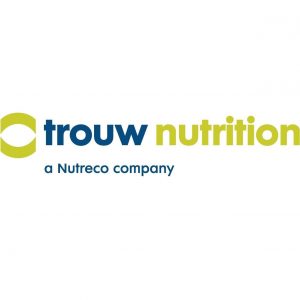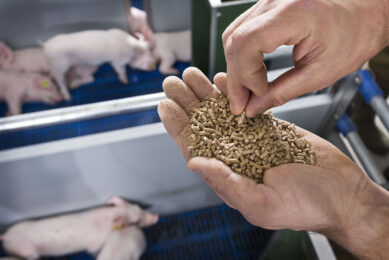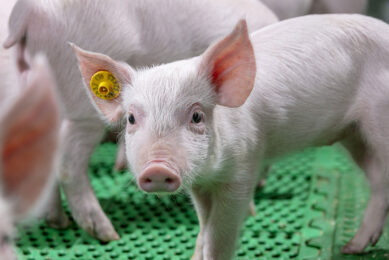Targeted R&D in piglets drives tailored feeding programmes
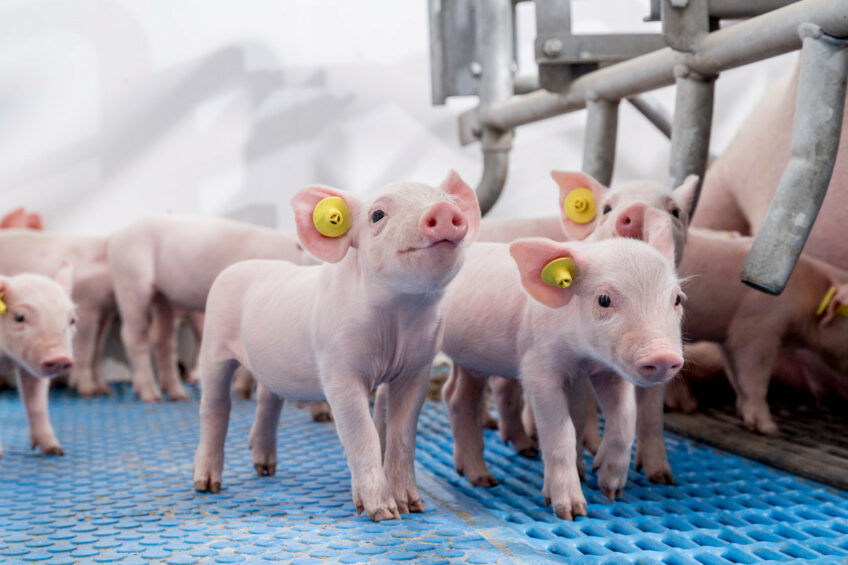
A deeper understanding of the piglet’s biology and its nutritional needs enables the development of customised feeding programmes. Trouw Nutrition is at the forefront of this and is dedicating a significant part of its research to this area.
Over the years, the global swine industry had to adapt to significant challenges, including disease outbreaks such as African Swine Fever (ASF), tight profit margins, and keeping up with new demands from local governments and/or consumers. These challenges have underscored the importance of prioritising animal health and resilience as the foundation for sustainable, economic, and healthy growth of the sector.
At the same time, genetic advancements have increased litter sizes by 20% compared to 2 decades ago, resulting in a higher proportion of smaller piglets (sometimes up to 25% of the litter). This can impact early-life health and robustness, as larger piglets tend to outcompete smaller ones at the udder, leading to uneven growth rates. Additionally, management practices are evolving, with some producers exploring split-suckling to help the smaller piglets. Lastly, in some countries, the swine sector sees growing pressure to reduce nitrogen excretion and adopt more sustainable resource management practices.
Scratching the surface is not enough
The evolving challenges faced by pig producers directly impact the nutritional needs of sows and their piglets. With larger litters, sows require more energy and nutrients to sustain colostrum and milk production and keep the desired body reserves for the next production cycle. Over the years, research has reinforced the critical role of early-life nutrition in laying the foundation for lifelong health and performance. Simply put, modern pigs must be fed differently than they were 15 years ago, demanding a shift in mindset and dedicated research into nutrient digestion kinetics, feeding programmes, and more.
Trouw Nutrition’s swine research is at the forefront of these advancements, translating the latest nutritional insights into practical, innovative feeding strategies. Its global research centre in the Netherlands (see box) is supported by a worldwide network of validation farms, ensuring that innovative research is applied in real-world farm conditions.
Hubèrt van Hees, Manager of the Swine Research Centre at Trouw Nutrition, explains: “Our research is focused on keeping our product portfolio up to date, ensuring our brands remain relevant and market leading. Especially piglet nutrition still has many knowledge gaps, presenting an opportunity to make a real impact. However, to drive meaningful progress, we need a deeper understanding of pig’s biology. That is why our research focuses on areas such as energy and protein efficiency, as well as the role of nutrition and specialty feed additives in supporting intestinal development.”
According to van Hees, true innovation in swine nutrition comes from understanding the biological and physiological processes at play. “Scratching the surface is not enough. You need specialised expertise in key areas, and piglet nutrition is one where we see great potential for improvement. Addressing challenges such as weaning issues and diseases related to the gut and immune system requires in-depth research. These targeted projects not only enhance our existing products and solutions but also pave the way for new innovations that we bring to market.”
A better understanding of feeding behaviour
Trouw Nutrition’s focused research on piglets has led to the development of successful products, such as the Milkiwean range, designed to unlock an animal’s full potential from birth to weaning and beyond. Tetske Hulshof, swine researcher at Trouw Nutrition, emphasises the importance of early-life nutrition: “Looking at the entire first 70 days of a piglet’s life is essential for successful pig production. In the past, a lot of research was focused on weaning, aiming to minimise issues such as post-weaning diarrhoea.”
While optimising nutrition around weaning remains crucial, Hulshof highlights that the piglet’s earliest days play a key role in shaping long-term performance. “There is still much to learn in this area. For example, we once believed that young piglets should receive diets consisting only of highly digestible proteins with minimal fibre. However, research has shown that fibre inclusion from an early age is vital for gut development, healthy growth, and overall resilience. In nature, piglets instinctively root for fibrous materials from birth, indicating both their need for it and their ability to digest it. And a more resilient gut, i.e., in the form of a well-established microbiota, and a well-developed intestinal tract from an early age can help reduce weaning problems.”
Next to dedicated research in young piglets, there is also need for better understanding feeding behaviour and the factors that influence feed intake in the weeks after weaning. Recent work from Trouw Nutrition, in cooperation with UAB (Autonomous University of Barcelona, Spain) addressed that feed intake is still a difficult topic to grasp as there is a lot of variability between piglets in the first days after weaning.
Progress in amino acid and energy requirements
A deeper understanding of piglet biology, digestion, nutritional needs, and feeding behaviour is key to developing tailored solutions that address the diverse challenges on farms. Michael Wellington, swine researcher at Trouw Nutrition, emphasises that this starts with a precise knowledge of piglets’ specific nutritional requirements. “Some farmers focus on efficiency or weight gain, while others need solutions to tackle specific health challenges. Today, we can fine-tune feeding strategies to better meet these varied needs.”
As piglets grow, their nutritional requirements change depending on different conditions and life stages, making precision nutrition more important than ever. Research at Trouw Nutrition has provided valuable insights into how piglets utilise energy and the critical role of specific amino acids in their development. Wellington explains: “We have spent a considerably body of research on gaining a deeper understanding of amino acids, especially how their needs shift depending on the piglet’s health status, rather than just from a traditional growth perspective. By identifying which amino acids are critical for young piglets and how they influence gut development and immunity, we can formulate diets that better support them through weaning stress and immune challenges.”
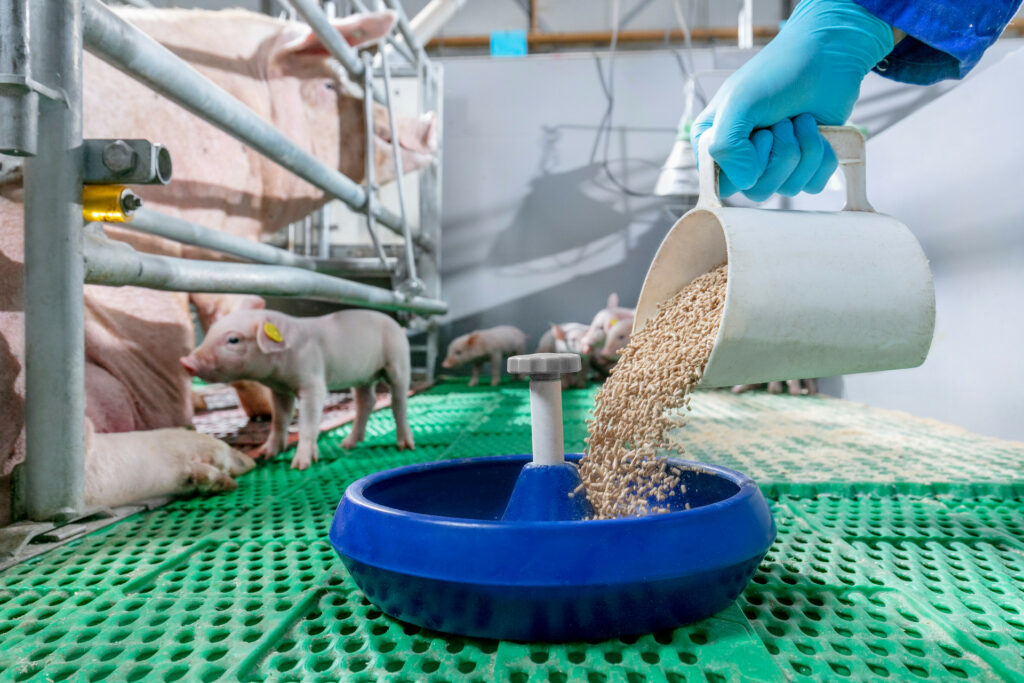
Replacing outdated approaches to piglet nutrition
Over the past decades, the sector has made significant strides in feed efficiency, management, nutrition, litter sizes, and more. However, genetic advancements continue, and research is never truly complete. Van Hees states: “There are still exciting areas to explore in piglet development, such as optimising the suckling period, refining milk replacer formulations, and aligning nutritional programmes with evolving management practices, including later weaning and loose housing systems.”
Additionally, Trouw Nutrition’s swine research is driven by rapid advancements in digitalisation. Van Hees explains, “We use cameras to gain deeper insights into the farrowing process and piglet feeding behaviours before weaning. We are also exploring artificial intelligence to enhance faeces scoring, which is currently done manually and subject to variability. With technology evolving so quickly, we must continuously identify solutions that best support our research.”
Wellington concludes that sustainability remains a growing priority: “It is all about improving efficiency and maximising nutrient utilisation while minimising waste, such as nitrogen emissions, at both the animal and farm level. We can also make significant advancements in diet formulation to reduce antibiotic use, mortality rates, and post-weaning diarrhoea. Ultimately, what we are trying to achieve with our R&D efforts at Trouw Nutrition is replacing outdated approaches to piglet nutrition with innovative, science-driven solutions, designed to address the challenges pig producers face today and anticipate those of the future.”


